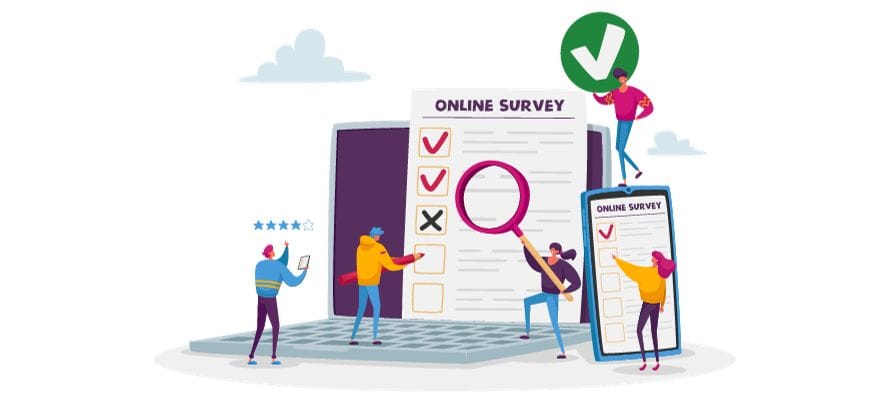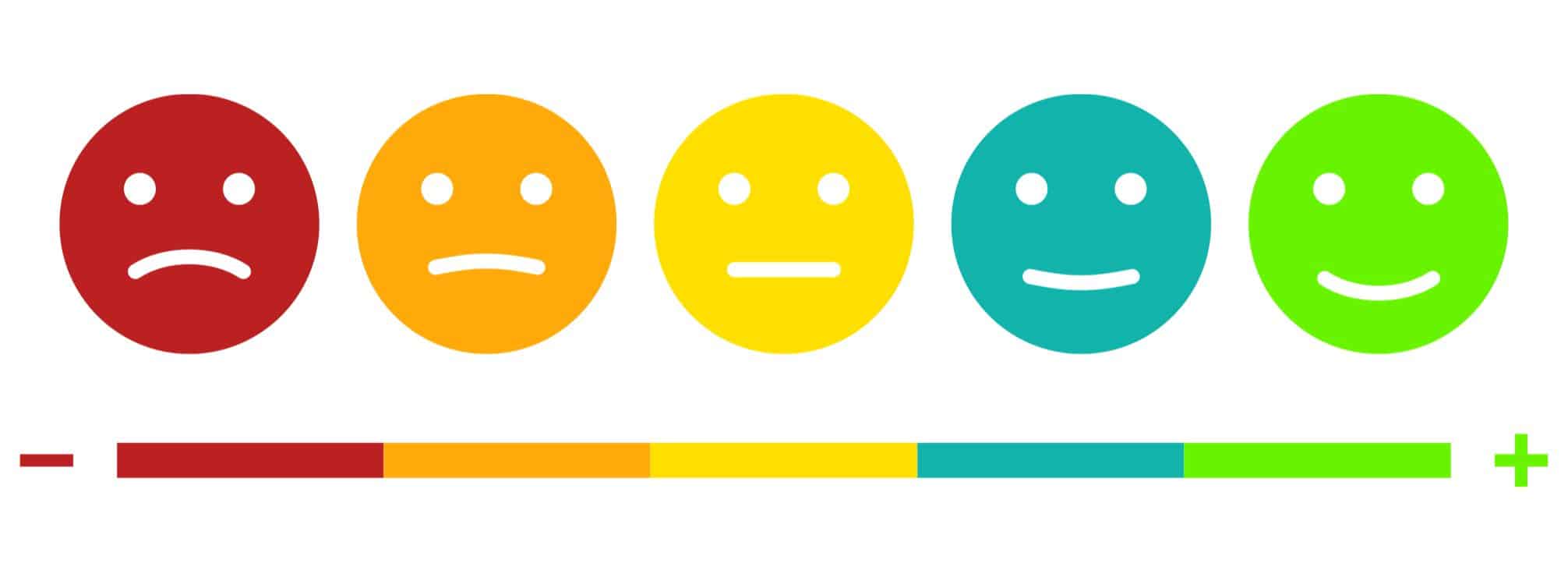
Employee feedback is essential. But far too many companies feel like they can’t survey their workforce. They just sent their employees a bunch of surveys earlier that year. Or they haven’t been getting a good response rate. Employees are just too fatigued with surveys right now. But truthfully, survey fatigue comes from not following up on survey results, not listening to that feedback, and not asking the right questions. So, in this blog, we’ll uncover some great employee pulse survey questions to ask your employees to help you drive your business forward.
Employee pulse surveys are short form surveys that companies can use to assess how employees think or feel about certain topics over time.
Often, because of their length (1 – 5 questions), these surveys are not sent as one-off surveys, but are used repeatedly over a set period of time.
But just like a long form survey, such as an employee engagement survey, it’s still very important to follow up on your pulse survey results and how you intend to act on them. As we mentioned, this failure to follow up or let feedback drive action is really why employees stop taking surveys. Employees might also tire of repeatedly being asked to fill out lengthy, time-consuming surveys, making pulse surveys a great strategy.

We can interpret “types” of surveys in two different ways:
Let’s talk about both.
Because the goal of a pulse survey is to be quick and easy to take so you can get employee feedback more often, it’s best to choose certain question formats.
For instance, short answer questions where employees have to write in their answer aren’t great for this type of survey, unless they are optional.
That means you’ll likely want to write employee pulse survey questions that are primarily multiple choice or Likert Scale. These questions are easy to fill out and still provide you with good data. Not to mention, it’s easier to track changes over time when you ask the same multiple choice or sliding scale questions.
As far as the topics you can cover in a pulse survey, you aren’t really limited. You might not be able to ask every question you want, but you can get information on a variety of important topics like:
These are just a few common examples of what you might use pulse surveys to learn more about. But if you have a specific initiative, like you’re trying to improve employee recognition and, therefore, retention, you could craft a set of employee pulse survey questions to track how that program is going.
The biggest challenge with sending an employee pulse survey is picking the questions. We recommend sending no more than five questions in a pulse survey, but the fewer questions you include, the more likely you’ll get many responses more regularly.
So, how do you decide what questions should make the cut?
We recommend asking yourself three questions:
Using this framework, you should be able to exclude certain questions. Ultimately, you want to ask the questions that will give you the most actionable and useful information based on the goal of your pulse survey.
Let’s review a few example of employee pulse survey questions you might ask for a few major business goals.
The goal of this survey is to assess how engaged your employees are, including how motivated they are to do great work and stay with the organization.
(LIKERT SCALE) To what degree to you agree or disagree with with the following:
I like a Likert scale for this because it allows for shades of gray. Engagement isn’t black and white, though we often frame it that way. So, this allows employees to feel somewhat neutral and express that sentiment.
This set of five questions should be quick to take because they all follow the same framework and could be included in the same Likert Scale chart. It also provides a range of topics, fulfillment, meaning, recognition, so you can see where you are strong or weak.
The goal of this survey is to assess levels of wellbeing and burnout at your organization and determine the best ways to provide better support.
This mix of questions should help you pinpoint where you might be falling short when it comes to wellbeing, as well as to provide you with concrete ideas of where you need to focus your efforts.
The goal of this survey is to learn how employees feel about the state of internal communication at the company as well as what channels they prefer using.
Update this survey to reflect your channel mix and the specific communications that you send. But this set of three questions will give you a lot of information to work off of. We recommend then running some focus groups with employees to learn more.
[optin-monster slug=”gqorn0natkqgyrtjvr6i” followrules=”true”]